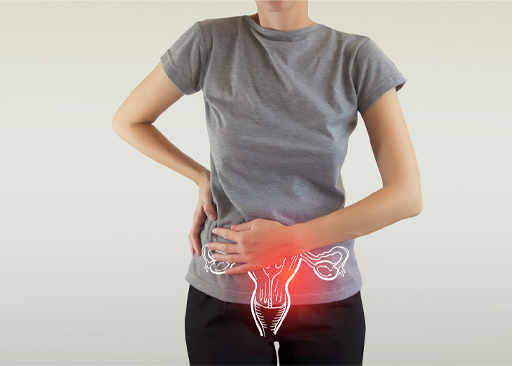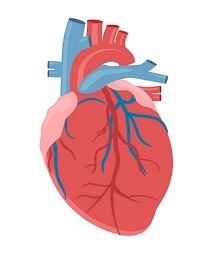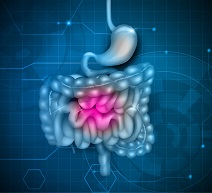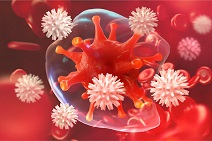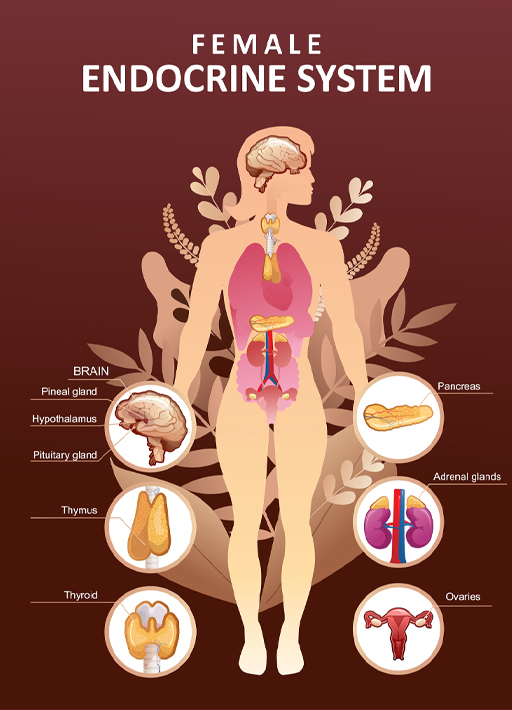3 The period is a vital sign of health
The changes in hormones that result from RED-S impact on many systems of the body with bone and reproductive health being particularly at risk. In Activity 2 Dr Emma Ross from The Well HQ [Tip: hold Ctrl and click a link to open it in a new tab. (Hide tip)] explains how and why low energy availability will impact on the menstrual cycle, and the reproductive and skeletal systems.
Activity 2 Loss of periods – a red flag to female athletes
Watch the video where Dr Emma Ross explains the ‘brain to ovary’ link and how it is affected by low energy availability. Then answer the following questions:
- Why does the brain choose to switch off the menstrual cycle when there is low energy availability?
- Why is the maintenance of bone health so vital to young female athletes?

Transcript
Discussion
- While oestrogen is produced by the ovaries, its production and release are controlled by the brain through the brain to ovary axis. The brain switches off the menstrual cycle to conserve energy for other processes that are vital for life. The reproductive system is the only system a woman can lose without risking their life, and a pregnancy will increase the energy demands of the body. As a result the menstrual cycle is disrupted to prevent a pregnancy that could not be sustained, and the period stops. However, this impacts oestrogen levels, and this is a vital hormone in its role in building and maintaining bone strength.
- Maintaining long-term bone health is really important for young female athletes, as the teenage years and twenties are times when the female is building bone to achieve peak bone strength, which occurs by around age 30. From this point on bone density will slowly decline across the lifespan. For women in particular, whose bone health can be impacted significantly by the loss of oestrogen after the menopause, building bone strength in the teens and twenties is vital to achieving a high peak bone density, to offset bone loss throughout later life, and to reduce the risk of osteoporosis and bone fractures.
RED-S will affect other body systems as well as the reproductive and skeletal systems. The following figures show the impact of RED-S on other body systems (from Mountjoy et al., 2018).
Cardiovascular system (heart and blood vessels)
Impact of RED-S:
- Irregular heart beat
- Lower heart rate
- Lower blood pressure
- Low red blood cell count (anaemia)
Digestive system
Impact of RED-S:
- Slower digestive speed
- Increased time food spends in intestines
- Constipation
Immune system
Impact of RED-S:
- Increased likelihood of illness
- Increased colds and flu
- Increased body aches
- More headaches
Endocrine system, including the thyroid gland
Impact of RED-S:
- Reduction in rate at which calories are burned
- Increase in the hunger response
As you will see in the next section some of these have a profound impact on physical performance.

